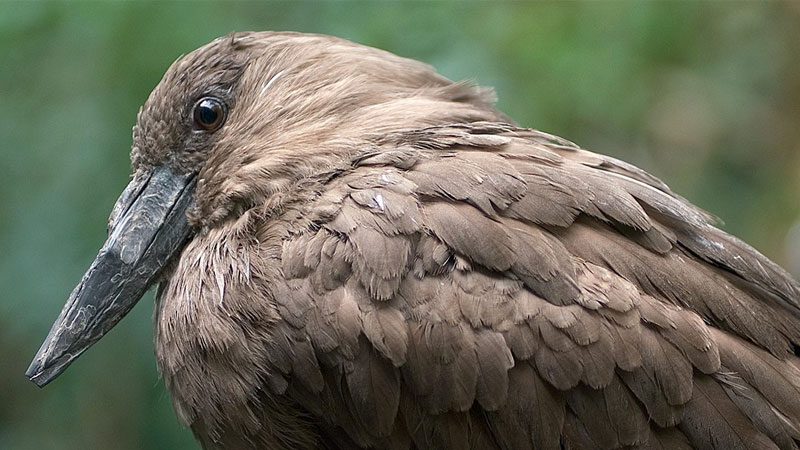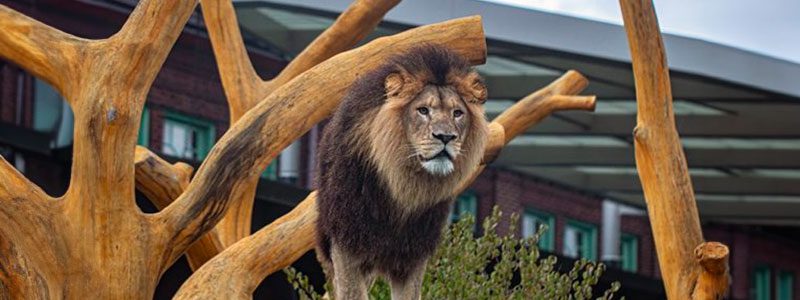
Hamerkop
McCormick Bird House
The McCormick Bird House is closed until further notice.
Did You Know?
- Hamerkops look like storks and herons but are their own distinct species within a separate family.
- Possibly because of their short legs, these birds are generally found near shallow water.
- Hamerkops make enormous nests out of sticks, preferring to locate them in tree forks near water. They also build them on cliff ledges, sand banks, or even on the ground. Nests are reused and the birds continue to build them up over the years.
Don’t See the Animals?
Why aren’t animals visible at all times? To promote positive animal welfare, we provide animals with choices. They can choose to spend time in areas that are out of public view.

Take an Animal Home with You
Overview
Scientific Name: Scopus umbretta
Class: Birds
Diet: Amphibians, small fish, crustaceans, worms, insects
Range: Sub-saharan Africa
Endangered Status: Least Concern
More Information
Hamerkops are wading birds with dusty brown plumage that features hints of iridescent purple. Their bill is dark, long, and flat with a slight hook at the tip. They have short tails and large wings for expert soaring and gliding. These birds live in a variety of habitats but disperse during the rainy season to find shallow water along lakes, streams and pools.
Hamerkops live in small groups of up to eight birds, although you can also find them in higher concentrations. Females lay up to six eggs, but both parents incubate them for about a month. Once hatched, young will start developing their distinctive crest within six days. They fledge at around 44–55 days and reach maturity at age 2.
